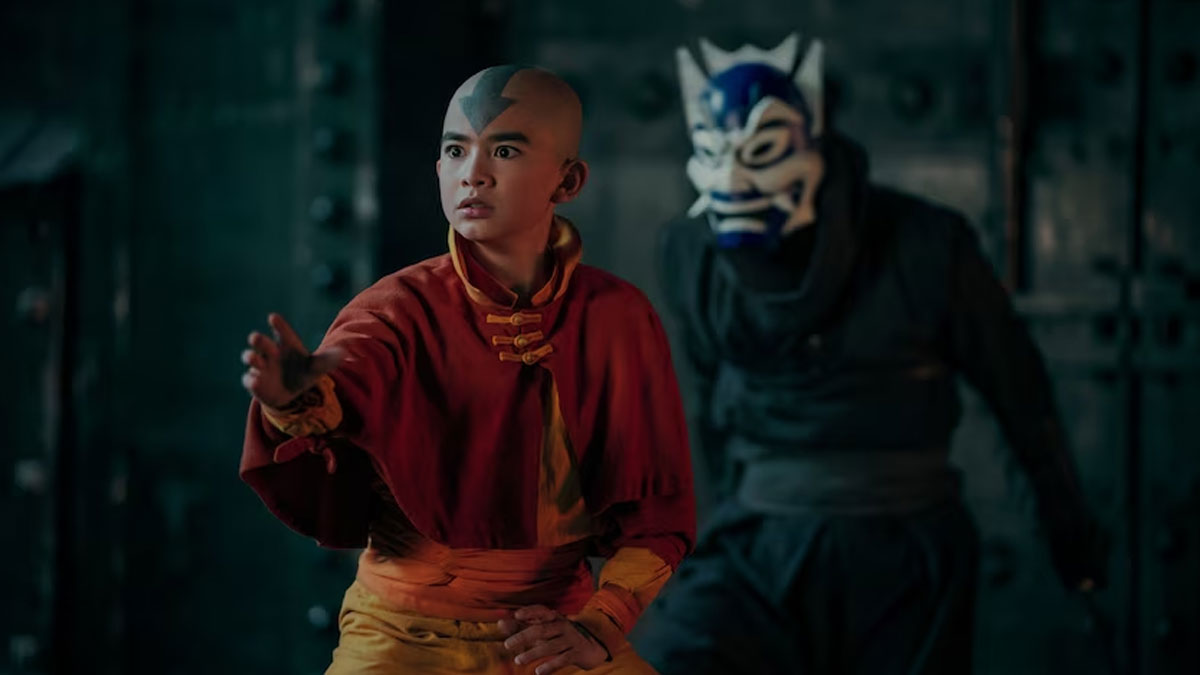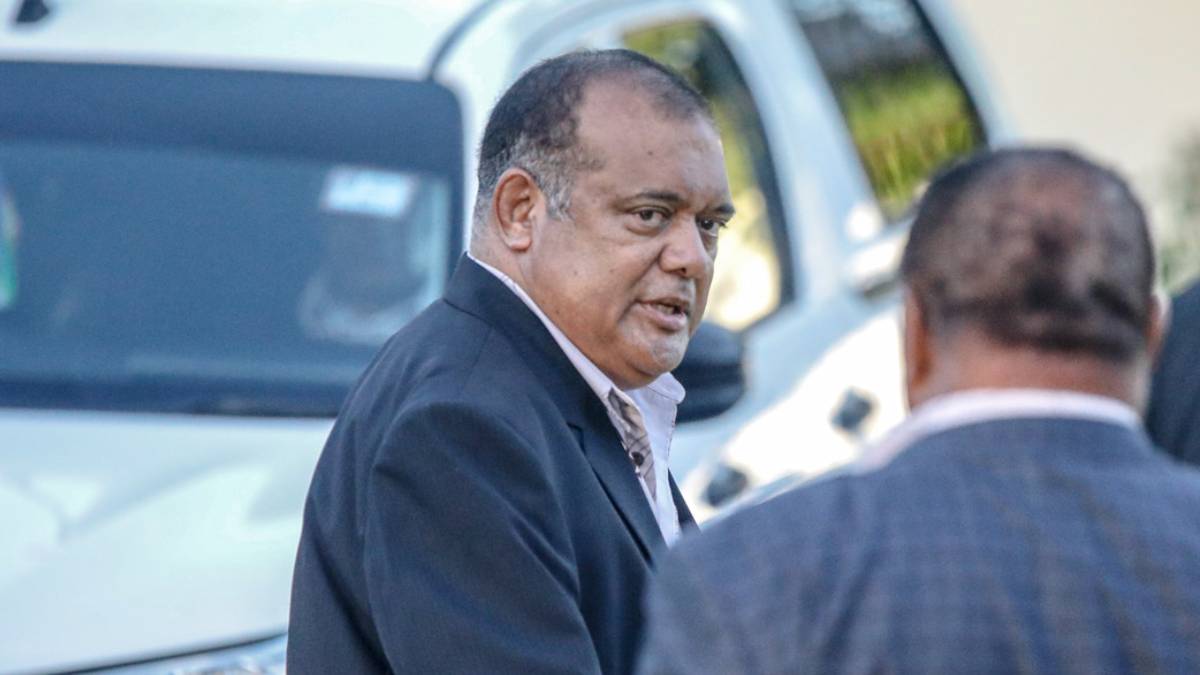
In Hollywood's long history of ill-conceived adaptations, few are as reviled as M. Night Shyamalan's 2010 live-action remake of Avatar: The Last Airbender.
The film itself is, in fact, still terrible, but let's be real: its indefensible "whitewashing" is a problem inherent to its source material (in which Asian characters were predominantly voiced by white actors including Mark Hamill), while its threadbare script, wonky acting and confused direction is on par with our recent slate of superhero misfires.
Its notorious, overblown reputation indicates the problem with adapting the original Nickelodeon series, which debuted nearly two decades ago: No matter how good a retelling is, it will always be compared to one of the most beloved TV shows of all time.
Fourteen years after that first attempt, the Avatar has returned. But, true to its main character, this latest incarnation struggles to honour its roots within this turbulent era of streaming television.
The premise remains largely intact, the show taking place in an Asiatic pre-industrial world where select few "benders" have the power to manipulate one of the four classical elements: water, earth, fire and air. Only one person, the spiritually super-charged Avatar, can master all forms of bending – and throughout history, each of their reincarnations have been tasked with keeping the peace.
However, as the iconic 2005 intro tells, the Avatar mysteriously disappeared just as the Fire Nation launched a bloodthirsty war against each region in a bid for world domination.
One hundred years later, orphaned water-tribe teens Katara (Kiawentiio) and Sokka (Ian Ousley) rediscover the Avatar in the form of Aang (Gordon Cormier), a 12-year-old airbender, and together they set out to end the Fire Nation's oppressive reign.
Separate from comparisons to the original show, Avatar: The Last Airbender manages to stumble on its own terms.
Like other ill-fated streaming gambles, the show bears the grim triumph of expensive effects over visual style, laboured plotting over narrative cohesion, and brand recognition over talent.
The quality of acting and dialogue is enough to derail the series alone. Our main trio's interactions feel slickly artificial, as if ripped from the Disney Channel – a potentially valid approach for a story that was initially pitched towards primary school kids, but a glaring tonal inconsistency in a show that begins with an explicit, immolating genocide involving that very demographic.
Conversations predominantly exist to deliver world-building notes and over-explain plots, which even seasoned actors like Paul Sun-Hyung Lee (Kim's Convenience) struggle to convincingly realise. At least Dallas James Liu fares well as Prince Zuko, the banished, eternally incensed son of dictator Fire Lord Ozai (Daniel Dae Kim, Hawaii Five-0), who spends the series hot on the Avatar's trail. (Just as Star Wars informed the 2005 Avatar series, Zuko feels like the progenitor for Adam Driver's smouldering Kylo Ren.)
The show's action scenes are a welcome diversion, but it's impossible not to notice that, counter to the show's kung fu inspirations, you don't often see two actors physically sparring in the same shot. Elemental bending combat largely resembles close-ups of particles colliding with other particles, all rendered with cutting-edge fidelity and reduced to grit under Netflix's video compression.
Its most effective setpiece — a frenzied, colourful market brawl between Aang and Zuko — conspicuously involves minimal bending, relying more on clever choreography and bruising hits. Even then, it's all shot so tightly that it obscures the physicality on display.
Compared to the free-flowing, effortlessly astounding spectacle of its animated counterpart, it can't help but feel compromised.
The shift from 20-minute episodes to 45-to-60-minute chapters also undercuts the whip-smart storytelling of the original, in which a large-scale fantasy epic with nuanced ideas and characters was organically pieced together from propulsive, episodic instalments.
Using longer, fleshed-out episodes to privilege character depth over scope is an admirable goal in theory, but the main trio have inexplicably been stripped of interesting wrinkles. Sokka is scrubbed of his misogyny and robbed of subsequent growth; Katara is a clean-cut feminist hero without any of the messy, adolescent rage; Aang is no longer a recognisably irresponsible child.
The episodes are interminably padded, but without any discernible purpose; by the end of the season, you barely get a sense of how their relationships have grown.
Adaptations are not inherently a bad idea; cross-pollination between live-action and animated art forms has always pushed each medium forward. But Netflix's Avatar is more concerned with flattening its source material's ideas and characters into the streamer's own, infinitely replicable formula.
While Death Note and Cowboy Bebop were regarded as previous live-action failures, last year's One Piece found a warmer reception, with many attributing its comparative success to the involvement of original creator Eiichiro Oda.
Avatar, too, started out with original showrunners Michael Dante DiMartino and Bryan Konietzko on board. But, oddly enough, both dropped out after two years, with DiMartino explaining that "whatever version ends up on-screen, it will not be what Bryan and I had envisioned or intended to make".
The absence of both creators appears to account for the void of new ideas and distinctive characters in the final product. Netflix's Avatar is barely an adaptation; it's autofill.
Story by : ABC Entertainment / By Jamie Tram
Original Story link: https://www.abc.net.au/news/2024-02-28/avatar-the-last-airbender-review-netflix-adaptation/103513380
Stay tuned for the latest news on our radio stations

